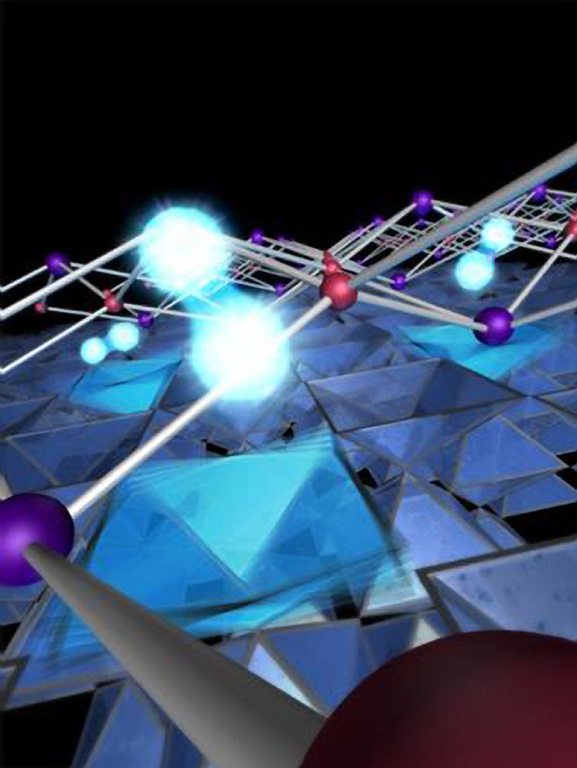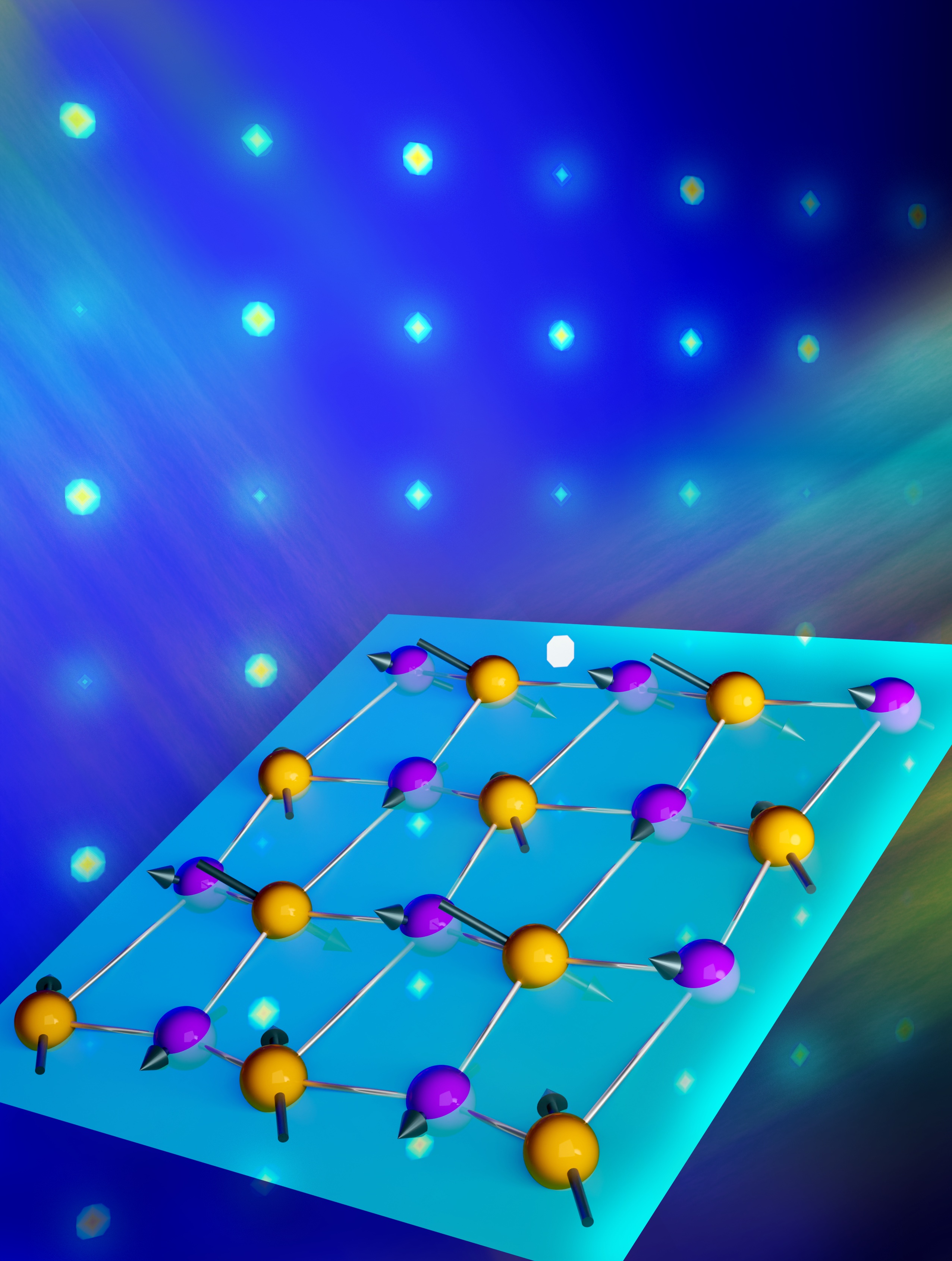Vibrations Raise the Critical Temperature for Superconductivity
Scientists reveal that coupling between electrons and atomic vibrations play a key role in this vexing phenomenon.

The Science
With possible benefits including power transmission with no loss and superfast circuits, superconductors are a promising option that is hindered by the extremely low temperatures needed for superconductivity to occur. Scientists revealed a mechanism that pairs vibrations in the supporting material and superconducting electrons in the top layer to enhance the temperature at which superconductivity occurs by 50 degrees Celsius. Scientists demonstrated the connection by taking measurements with an x-ray synchrotron light source.
The Impact
By paying attention to the surface electronic structure, scientists revealed a mechanism that elevates the working temperature of a superconductor. Understanding the mechanism could lead to record-breaking temperatures for superconductors.
Summary
Aligning distinct materials with different chemical compositions into a layered composite often enhances the properties of the constituents or creates entirely new behavior at the interfacial boundary. Scientists deposited a single atomic layer of an iron-selenium (FeSe) compound from the vapor phase onto an atomically smooth strontium titanate (SrTiO3) substrate surface. They measured the electronic structure of the atomic layer (a map of the electron energy as a function of electron momentum and direction of travel in the atomic lattice) by using a bright x-ray beam with a well-defined energy to emit electrons from the surface atoms. This coupling of thin film synthesis and electron spectroscopy techniques revealed new information showing the FeSe film and underlying substrate combined to enhance superconductivity. The mechanism behind superconductivity involves interactions that create paired electron states with a paired energy level that is lower than the energy levels of electrons in the normal state. The difference in energy between the paired and separate states is called the superconducting energy gap. The gap can be carefully measured with electron spectroscopy by taking advantage of recent advances, including improved resolution, a bright energy tunable x-ray source, and light polarization control. In this work, the team observed a superconducting gap, but also, surprisingly, they saw signatures of the electronic states coupled at the same time to the vibrational states of the substrate atomic lattice. These coupled states had never before been resolved in a solid with such clarity. The measurement places tight constraints on the structure of a strong interaction between electrons and vibrating atoms. Theoretical modeling showed how this strong coupling can lower the quantum mechanical energy level of the superconducting electron pairs, and thus increase the superconducting transition temperature. The theory showed that such coupling across the substrate interface (between different materials) was not restricted to this particular material system and suggested a new method to engineer superconducting materials with dramatic transition temperature enhancements.
Contact
Z.X. Shen
SLAC National Accelerator Laboratory
toakley@stanford.edu (executive assistant)
R. G. Moore
SLAC National Accelerator Laboratory
rgmoore@slac.stanford.edu
Funding
This work was supported by the U.S. Department of Energy, Office of Science, Office of Basic Energy Sciences (researchers) and the Stanford Synchrotron Radiation Lightsource (photo-emission experiments), a DOE Office of Science User Facility.
Publications
J. J. Lee, F. T. Schmitt, R. G. Moore, S. Johnston, Y. T. Cui, W. Li, Z. K. Liu, M. Hashimoto, Y. Zhang, D. H. Lu, T. P. Devereaux, D. H. Lee and Z. X. Shen, “Interfacial mode coupling as the origin of the enhancement of Tc in FeSe films on SrTiO3.” Nature 515, 245 (2014). [DOI: 10.1038/nature13894]
Highlight Categories
Performer: University , DOE Laboratory , SC User Facilities , BES User Facilities , SSRL



